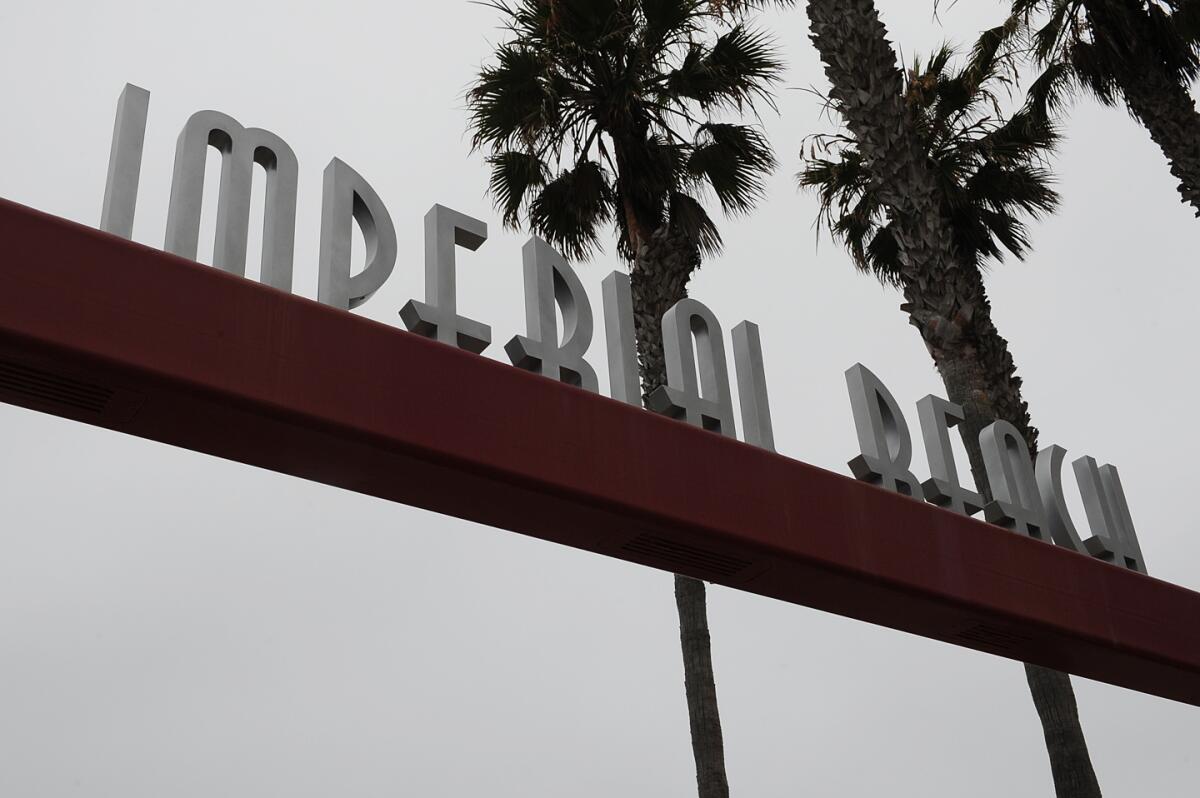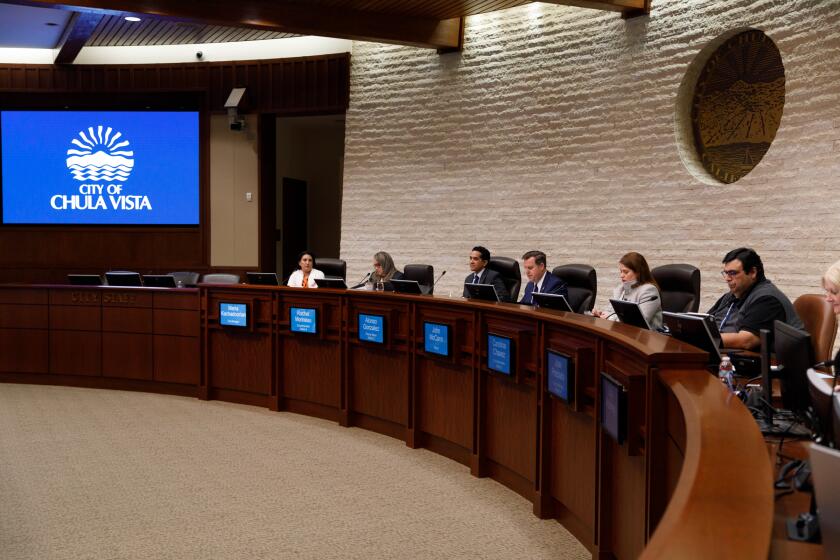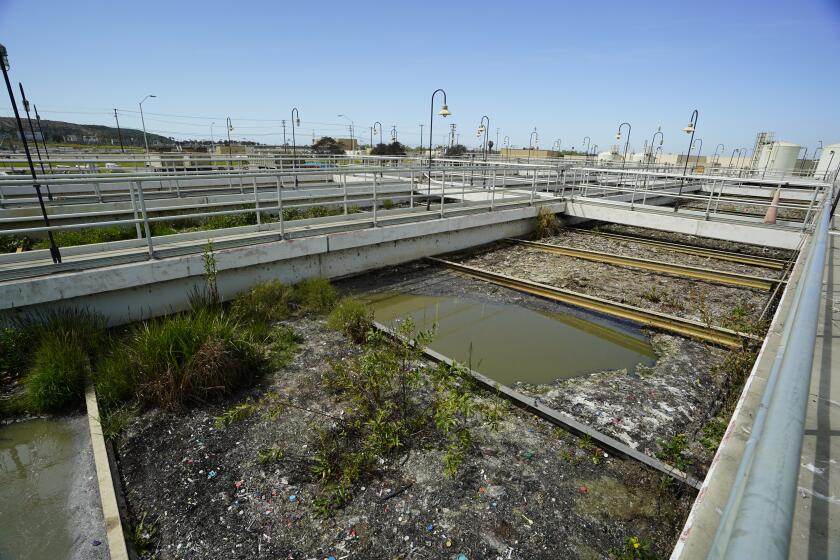‘Recipe for gentrification:’ Imperial Beach reluctantly adopts mandated housing quota

The city is required to add more than 1,300 units by 2029
Under a state-mandated plan, Imperial Beach must add more than 1,300 new housing units by April 2029, a figure the City Council and residents fear will lead to gentrification in an already built-out city.
The council last month adopted its Housing Element plan, which looks at potential ways the city can address its future housing needs and meet that number (1,329), known as the Regional Housing Needs Assessment or RHNA.
Of the 1,300-plus units, most of them, which can range from homes to condominiums and apartments, must be designated for individuals with “above moderate” income. The breakdown is as follows:
- Extremely low income: 113 units
- Very low income: 112
- Low income: 123
- Moderate income: 183
- Above moderate income: 798
Imperial Beach’s RHNA figure represents the city’s share of San Diego County’s 171,685 housing units needed in the next eight years, as determined by the California Department of Housing and Community Development. The San Diego Association of Governments accepted the state’s number for the region and then assigned a housing production to each jurisdiction in the county.
The purpose is to plan for more housing to address the housing crisis. “(H)ousing prices and rents have steadily increased during the last decade, outpacing inflation, putting homeownership out of reach for many residents and affecting the quality of life in the region,” according to SANDAG’s RHNA plan for 2021 through 2029.
Council members don’t disagree on the need to confront the housing crisis, but feel the assigned RHNA number is worrisome for a city like Imperial Beach.
“It is extremely concerning that we have such a high allocation destined to be for folks who are above average or of moderate income,” said Councilmember Paloma Aguirre, adding that she agreed with a resident who felt meeting the housing mandate is “a recipe for gentrification.”
About 60 percent of Imperial Beach households have incomes ranging from extremely low to low, whereas the remaining 40 percent have moderate or above moderate-income, according to the Housing Element plan. The city, with a Latino population of 52 percent, also has a much higher population of those with low income compared to the county’s overall lower-income households, which is 43 percent.
“(The allocation) will just absolutely backfire because it won’t create housing for those who need it, it will create housing for those who can afford it, and I don’t think that’s where we want to head as a city or as a state,” said Councilmember Jack Fisher.
More density will aggravate existing issues, such as lack of parking, said Mayor Pro Temp Ed Spriggs.
“If we meet these numbers, we’re going to not only create density but we’re going to create density without adequate parking and exacerbate our community’s already existing problems as a visitor-serving community that receives, eight months out of the year, thousands of visitors coming into our community,” he said.
Resident Josh Hill, who previously lived in Ocean Beach, shared with the council his concern for higher density in Imperial Beach.
“I actually had to bring a skateboard in my car so I can park wherever I can find an open spot and skate home after work over half a mile,” he said. “I lived in a squeezed-together, four-unit place with five guys and like many in and around the San Diego area, we had five cars per single housing unit, 20 cars total. That density was not beneficial to our community. I don’t want (Imperial Beach) to become (Ocean Beach).”
Unlike its neighboring South Bay cities of Chula Vista and National City, which have more open space for building, Imperial Beach “is almost entirely built out with a few vacant parcels,” according to the Housing Element.
Along with three other cities (Coronado, Lemon Grove and Solana Beach), Imperial Beach appealed its RHNA number, which was previously 1,375.
With its new number, the city’s Housing Element looks at a series of actions to address its housing issues such as starting a lot consolidation program to bring housing into mixed-use developments, update its Accessory Dwelling Units ordinance to allow for more ADU construction and more outreach for affordable housing incentives. The city also recently hired a housing programs specialist to provide residents with information and services on housing programs and housing emergencies.
Council members said they would like to have more discussions on potential policy changes and more community workshops.
With the council’s approval of the Housing Element, the state Department of Housing and Community Development is now expected to certify the plan.
Get Essential San Diego, weekday mornings
Get top headlines from the Union-Tribune in your inbox weekday mornings, including top news, local, sports, business, entertainment and opinion.
You may occasionally receive promotional content from the San Diego Union-Tribune.










